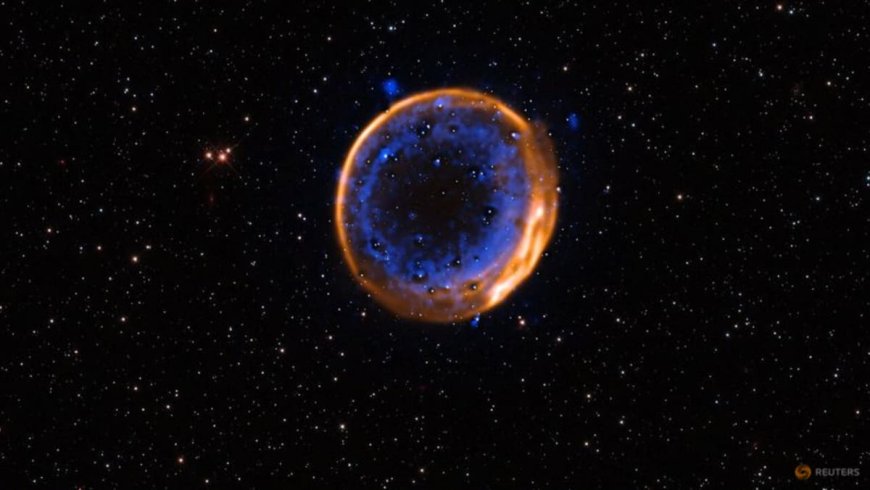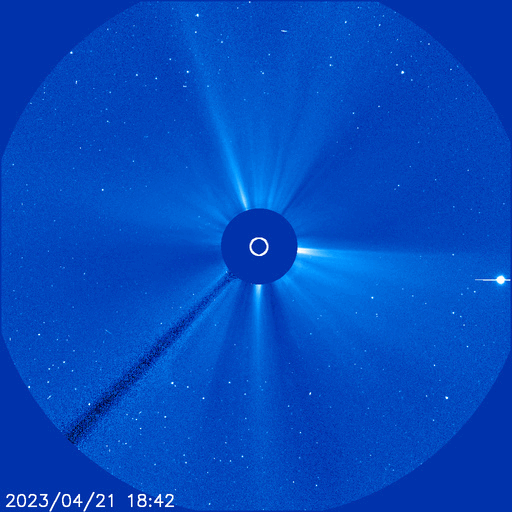Astronomers Capture Rare Double Detonation of a White Dwarf Star
Researchers have captured the aftermath of a rare double detonation supernova involving a white dwarf star for the first time. The explosion obliterated a white dwarf with a mass similar to the sun, located 160,000 light-years away. This Type Ia supernova sheds light on the creation of elements like calcium and sulfur in the universe.

The explosion of a star, called a supernova, is a violent event involving a star more than eight times the mass of our sun that exhausts its nuclear fuel and undergoes a core collapse, triggering a powerful explosion. A rarer type of supernova involves a white dwarf star and a double detonation. Researchers have captured photographic evidence of this phenomenon for the first time using the European Southern Observatory's Very Large Telescope in Chile.
The explosion obliterated a white dwarf with a mass similar to the sun, located 160,000 light-years away in the Large Magellanic Cloud galaxy. The image shows two concentric shells of calcium moving outward, 300 years after the explosion occurred. This Type Ia supernova resulted from the interaction between a white dwarf and a companion star in a binary system.
The study, published in Nature Astronomy, revealed that the white dwarf is completely disrupted by the detonations. The time delay between the two detonations is about two seconds. The aftermath of the explosion was mapped using the Very Large Telescope's MUSE instrument, showing distinct calcium shells representing the double-detonation mechanism.
This discovery is crucial for understanding galactic chemical evolution and the formation of elements like calcium, sulfur, and iron. The image not only holds scientific importance but also offers aesthetic value, showcasing the birth process of elements in the death of a star and the cosmic cycle of matter.
What's Your Reaction?
 Like
0
Like
0
 Dislike
0
Dislike
0
 Love
0
Love
0
 Funny
0
Funny
0
 Angry
0
Angry
0
 Sad
0
Sad
0
 Wow
0
Wow
0


































































































































































